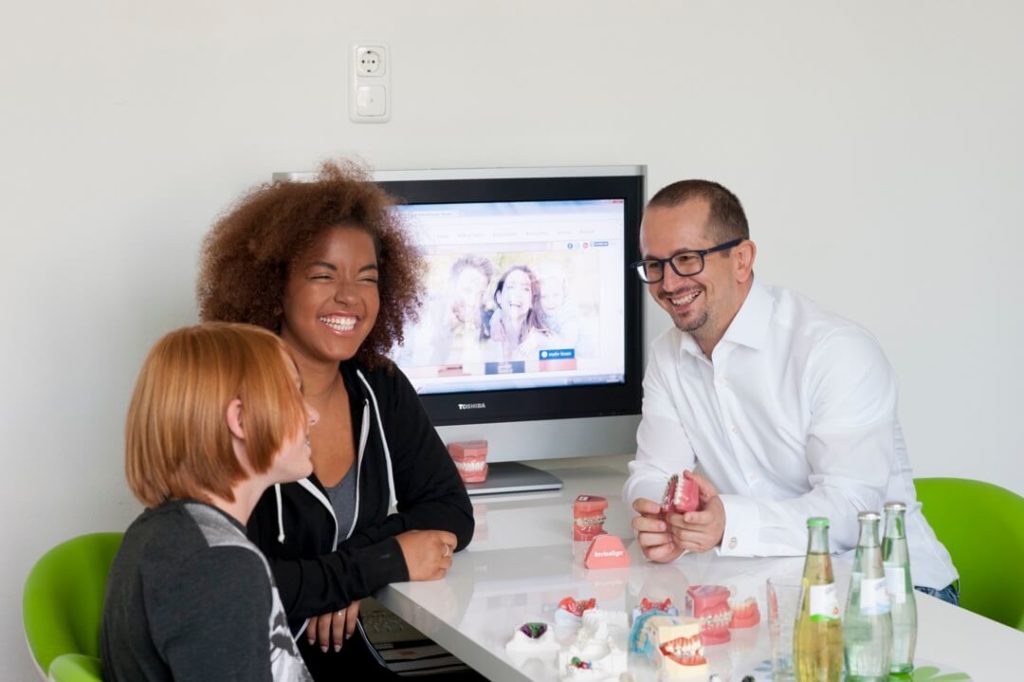The 5-S method is an innovative philosophy of organizing a workplace to make it clean, safe, and well-organized. By reinforcing an uncluttered environment, it allows the respective people to perform their individual tasks more efficiently without wasting time or risking injury. In essence, the 5-S method is a great help for keeping the system “lean and clean”.
The 5-S method finds roots in Japan, in the Toyota Production System and comprises of these 5 important S’s:
1. Sorting:
Everything is in its proper place.
- Sort out: For example, not too many different pliers, rather one that can do everything. As a rule, anything that has not been used for a year can be removed, as it will most likely not be used next year.
- Accessibility: Everything that is frequently used is kept nearby. Everything that is rarely used is kept further away.
2. Systematize
Where do you keep what?
- Clear structure: For example, the arrangement of the treatment kit on the trays should follow a fixed order.
- Communication: Introduce specific structures both among staff and with patients. For example, patients are suggested to contact us by e-mail or telephone. Since patients do not like to talk on the answering machine, we use a suitable telephone system to ensure that this is possible at all times.
3. Shine or clean
In addition to cleaning and disinfecting instruments, cleaning can also include:
- Compliance with the Lean principles
- Compliance with quality standards
- The elimination of exceptions and deviations from systematization
- The removal of distractions during working hours (e.g. Private mobile phones)
- Avoiding working in leisure time (no overtime)
- Identical information for patients from all staff members
4. Standardize
The different concepts in the Lean Orthodontics® system such as the 5-S method or quality management, as well as constant new evaluations and training courses, help employees to implement and comply with standards. Once standard processes are in place, the people involved have to make fewer decisions and errors can be effectively cut.
5. Self-discipline and continuous improvement
Employees should not be encouraged to change a process for convenience or on entirely selfish grounds. The standard should be applicable to and adhered to by all the employees for the good of the entire system. Taking matters of importance with frivolity can not only harm the system but also the patient.
Irrespective of these stringent rules, self-improvement in individual areas is desirable and always necessary. An employee who presents a possible improvement should be acknowledged, the solution tested and then integrated into the system if the proposal proves itself. The concept of PDCA in Lean Orthodontics® justifies a simple way to do things to invite potential change and improvement! Only then will your practice run on autopilot!

